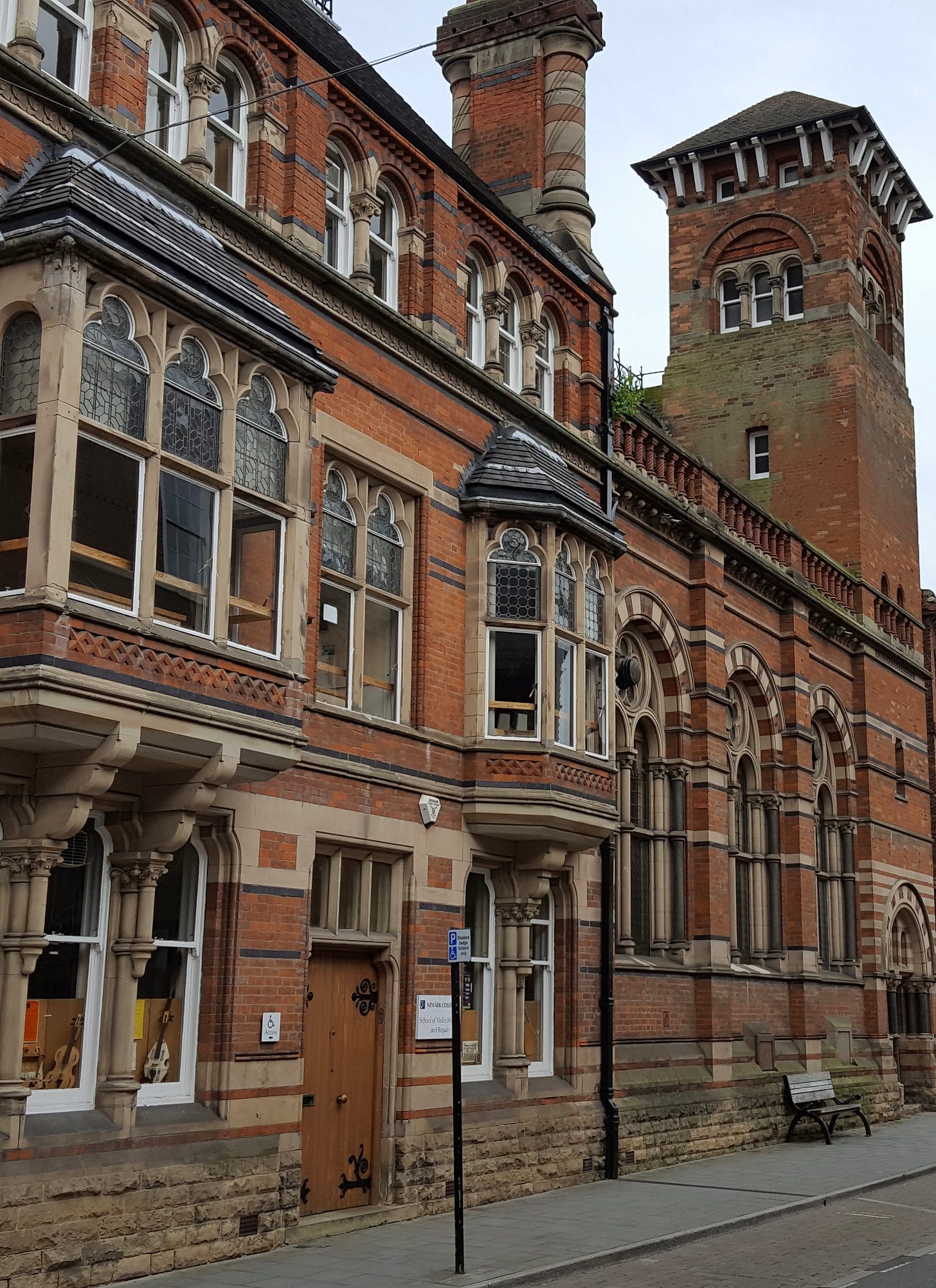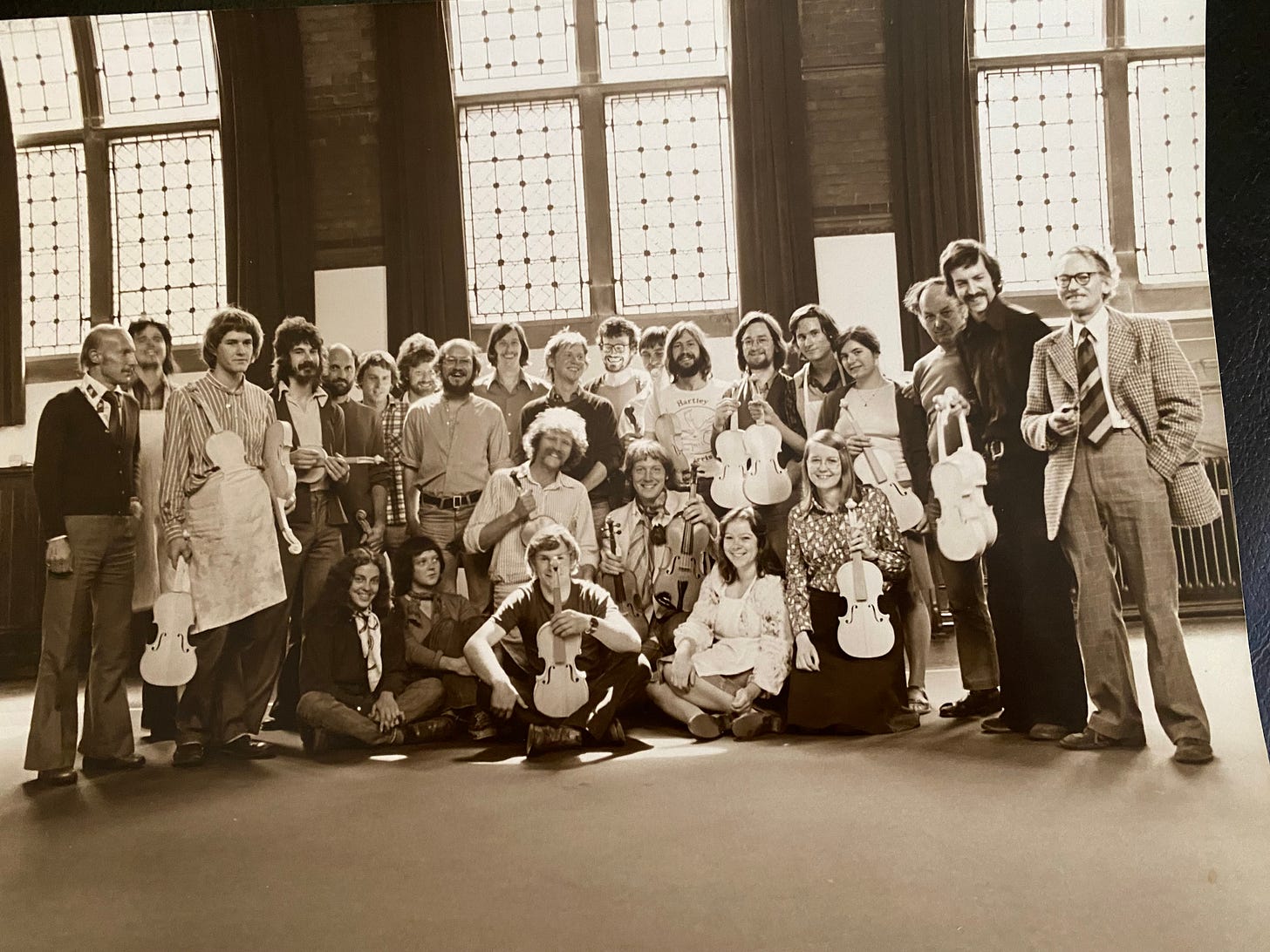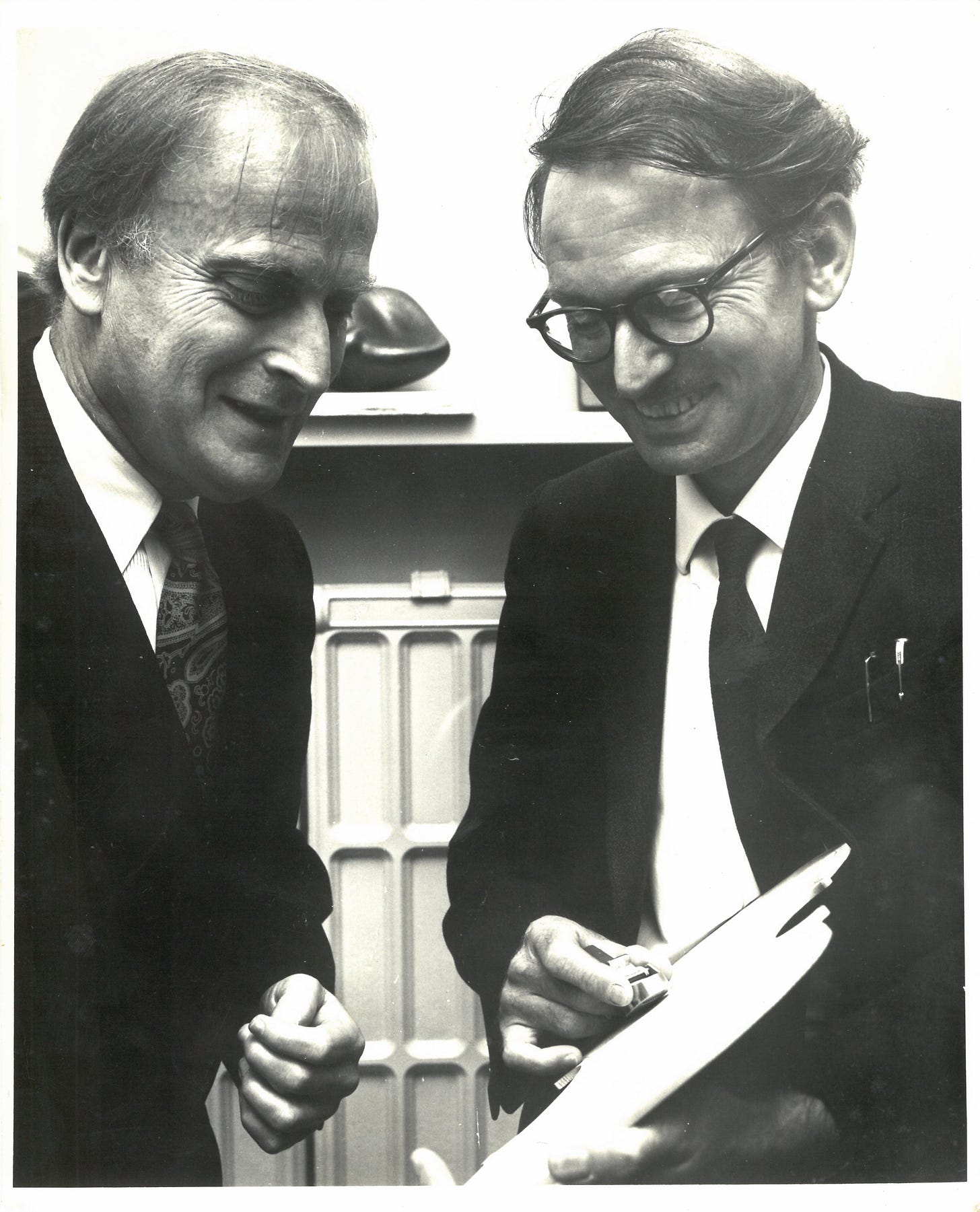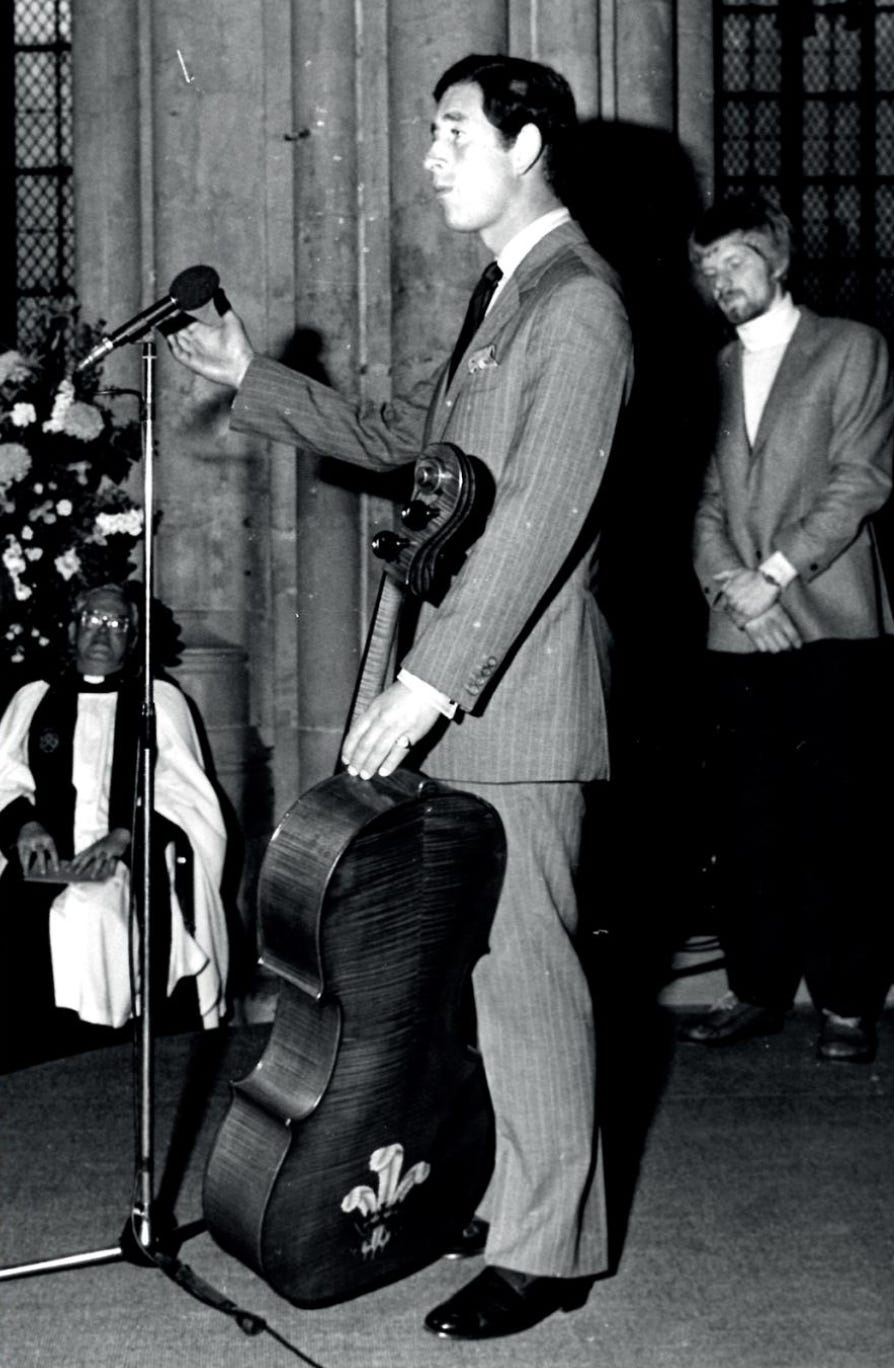A very British tradition
Newark School of Violin Making has an alumni list that reads like a Who’s Who of the violin world. As it celebrates its 50th anniversary, could this national treasure be at risk?
If you were to ask most string players about the great violin making traditions, they’d probably go straight to Italy – probably Cremona – and then maybe France or Germany. Britain might not even feature in a list. And yet a violin-making school in Nottinghamshire, UK, has been turning out some of the world’s leading luthiers, restorers and experts for 50 years now. The Newark School of Violin Making celebrated this milestone with a party this weekend, and I was commissioned to interview alumni and staff for the anniversary booklet (which will be on sale soon).
If the school were in Italy or Germany, there would be a museum in the town to tell its story and the tourist board would bring journalists to write about its success. There would be violins in shop windows and violin-shaped candy in newsagents. As it is, it has faced numerous challenges in recent years and student numbers have dwindled. Victim of the current national pastimes of shooting ourselves in the foot and under-valuing our cultural heritage, this relatively young but highly influential Newark tradition is at risk.

The school’s ethos seems to be quintessentially British in positive ways, too, though – a little eccentric and amateur (in the best possible senses of both words), self-deprecating, anarchic, perhaps a little chaotic. Teaching styles over the years seem to have been quite loose, fostering passion, enterprise and individuality, setting it apart from more regimented and conformist lutherie traditions elsewhere in Europe.
Its internationalism is also remarkable – since the 1970s, its reputation has drawn students from around the world, who have gone back out again to create a significant impact in various areas of the business. According to Helen Michetschläger’s research for the booklet, 77 per cent of students have gone on to work in 37 different countries. Talk about soft power.

The founding of the school seems to have been an example of when two people in different places have the same idea. In 1971, the then Principal of Newark Technical College, Eric Ashton, wanted to expand its offering, including a new instrument making course. Meanwhile, Maurice Bouette, who’d studied violin making at evening classes with William Luff, which he eventually took over, and who also traded in tonewood, saw the need for a violin making school in England. He answered an advert for the position in The Strad and the school opened its doors – those of a disused school – in 1972, to 12 students. Bouette taught alongside another Luff student, Glen Collins, and the largely self-taught Wilfred Saunders. In 1978 the school moved to larger premises of a former Westminster Bank building.
From the outset, Bouette’s goals were pragmatic (another great British tradition). He told Mary Anne Alburger in her 1978 book The Violin Makers – Portrait of a Living Craft: ‘I do expect everyone who leaves to be able to get a job and earn a living, and this has proved to be the case. I do not think that many are going to make their livings solely by making instruments, as they have to be exceptionally good to do that, but there are a few who will. I think also that with an increasing number of good instruments available, the world will become more selective about what it accepts and finally only the best instruments will be welcomed. These must sound good, look classical and be well finished, so that they look beautiful, with flowing lines; this will always give them the edge over something mediocre.’ Looking at the rise of modern making in recent years and the influence of Newark students, these words certainly seem prescient.
Rather than there being a consistent party line in teaching, ideas about construction and style have always varied across the faculty, with students hearing opposing points of view from different teachers. This might feel confusing, but it encourages independent thinking and individuality – it seems that the ‘Newark style’ is for there not to be a ‘Newark style’.
Julie Reed Yeboah (1976–1979) told me, ‘Places like Mittenwald were very strict but in Newark we were given more freedom – probably more than we should have had, but it was a great learning experience. We learned from each other. Everyone had something to bring to the table. The teachers all had their own styles so we just kind of had to figure everything out ourselves, looking at photos and seeing as many instruments as we could to get ideas. Three years is not long to put all that information into your head, but we all went out into the world and could start from there and move our way up.’
The atmosphere in classes seems to be supportive and communal (some competitiveness inevitably notwithstanding), with students sharing their own research, often across the year groups, which worked on different floors of the building. In pre-internet days well-worn instrument drawings and Strad posters were passed around like lads’ mags. Student-led activities such as the Annual Fiddle Race for teams to make an instrument in 24 hours, various musical groups and visits to auction houses have encouraged team work and knowledge sharing.
This emphasis on sharing knowledge has been pivotal in the business worldwide, according to John Dilworth (1976–1979), who said, ‘In the post-war period violin makers in the UK were pretty isolated and didn’t communicate with each other to any great extent. They were so insecure that the idea of telling their secrets to somebody else was out of the question. It was all hard-earned personal experience. Now there’s so much good-quality expertise and information available, which has had a fantastic effect. Newark has certainly been a vital part of that. In the old days, you might go and work for a little firm somewhere and probably never meet another violin maker your whole career. You’d just sit in a basement shooting fingerboards until your fingers dropped off. Newark followed a different concept, bringing apprentices or trainees together in one place in the spirit of sharing everything.’
Another key point has been the diversity of age and nationality in the student cohorts (inevitably with a gender imbalance, although over time it has evened out and in recent years has been around 40 per cent female). Students straight out of school bumped up against older people with skills and knowledge in different fields, quite unlike lutherie schools in Europe, which only take school leavers. Andrew Finnigan (1989–1992) remembered, ‘One man in the year above me had been a well-known architect in Munich. It was always interesting to listen to these people who had experience in other areas of the arts and crafts. It affects the conversations you have, compared with being with a bunch of 18-year-olds.’
The social craic seems to have been an important part of the experience, too, including at the infamous 28 Parliament Street, which housed some of the future illustrious makers of our day, many of whose names were traditionally scratched into the dining table there – a cultural artefact which is now housed in the school. Reed-Yeboah remembered: ‘The house was pretty rough and ready. It’s never easy to live with other people because everyone has different levels of cleanliness. Varnish would explode on the stove and nobody would clean it up. We were all thrown together – all from different countries, with different ways of being, and it was great. I still have long-lasting friendships with most of the people I met there. We were good friends and we took care of each other.’
One of the main factors in the school’s success has been the involvement of the great violin expert Charles Beare. He served on the advisory board from the outset (alongside Yehudi Menuhin, Bernard Shore, Desmond Hill and Lionel Tertis) and his involvement was always both practical and inspirational, whether through his visits to mark exam instruments, raising funds, providing instruments to copy or inviting students to his shop, and especially in offering them jobs that would set them up for life. Perhaps this was a generous and wise vision of the future of violin making and an understanding that luthiers are a vital part of the musical ecosystem. It may have been a pragmatic way of ensuring there were reliable craftsmen to service instruments he was buying and selling. Most likely it was both. Certainly, engagement with the trade, through Beare as well as Bouette’s own contacts, has been incredibly important, and the occasional celebrity visits from the likes of Yehudi Menuhin and the then Prince Charles have always added a bit of glamour.


Sadly, though, in the last few years, potential nails in the coffin have come thick and fast. There have been technocratic blows – for example, in 2016 an Ofsted report on Lincoln College, the parent organisation, downgraded its status, without even examining the violin making school, so that international student visas were cancelled, although this was eventually overturned. In 2017, what had been a vocational course that was open to anyone with passion and some skill became an accredited BA degree course, changing its fundamental nature, attracting the concomitant fees and making it harder for older students to apply. Then, of course, the double whammy of Covid and Brexit, the former creating disruption to the course and the latter making it more expensive for students to come from abroad and to get work to fund their course.
I’ve not visited Newark yet, but I came away from my research and interviews feeling envious of the students there and the education they received – I’ve always loved the idea of making violins (even though a week-long course in Cambridge proved that I had no natural talent whatsoever). I just hope the school survives, reputation in tact, in order for it to continue to be a choice for future luthiers, keeping alive this very British, anti-traditional tradition.




As a former student (92 - 96) I just visited the 50 years anniversary and visited the premises, too. I must say, I was shocked to see what Lincoln College DIDN'T do to "our" school that we are so proud of. Buckets in a row to catch the driplets of rain water coming into the main hall, numerous walls beeing wet like spounges, hardly any students to be seen... Stories about enormous fees and very little tuition hours a week. Endless misery in my eyes.
To me, really, the College and the region really didn't and still doesn't understand the impact our trade mirrors into that small East Midlands area and the potentials that are enormous.
So please...to whom it may concern: wake up, seek exchange with "us" in person..."us" wants to be understood as "students and teachers from today" but even more us embassadors of the tradtion (former students and alike) to find ways to bring this heritage into a good future!
Hagen Schiffler-Lustig, Laufen, Germany